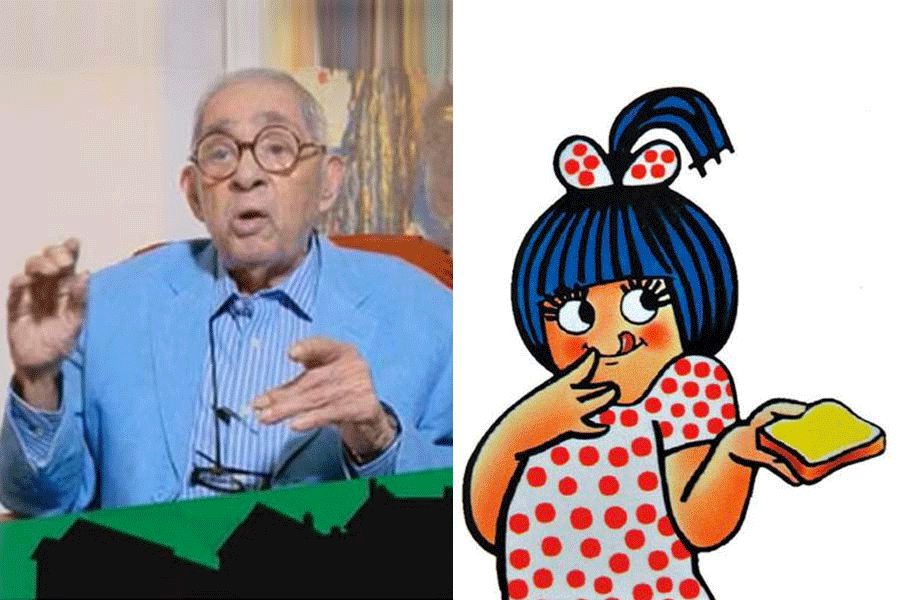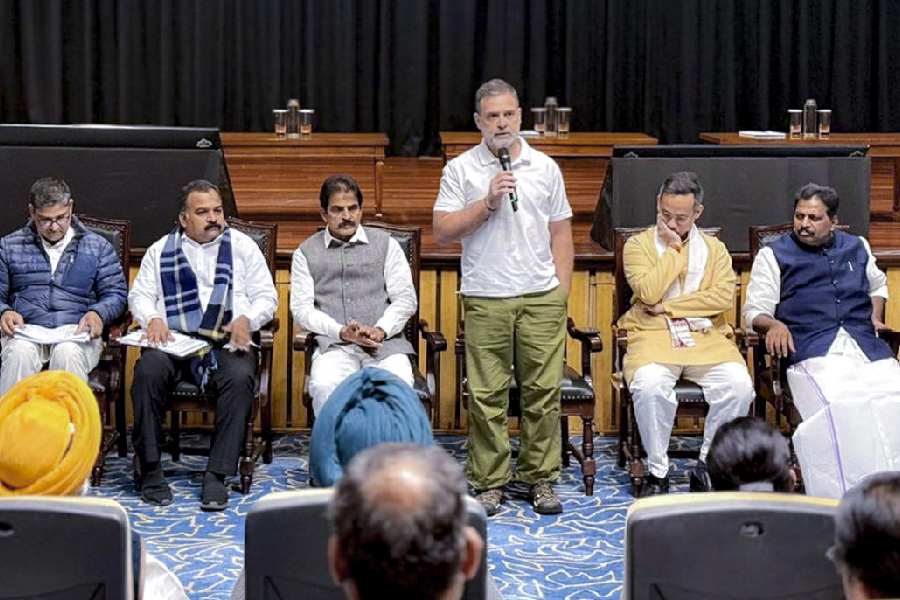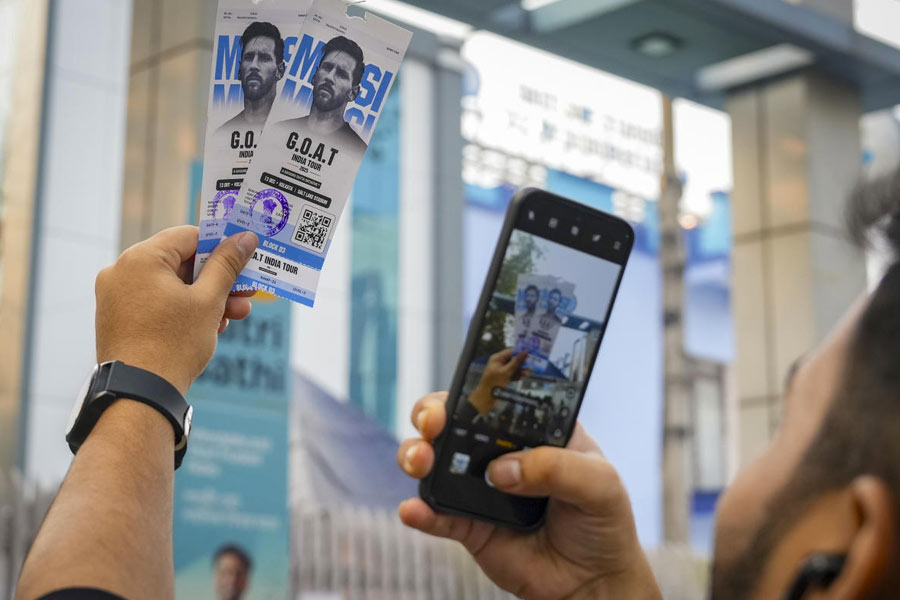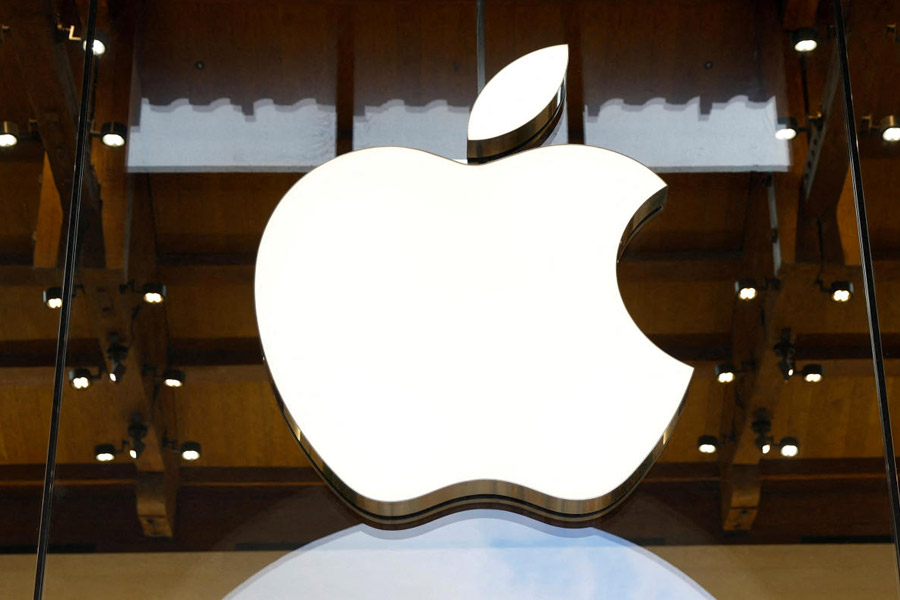The round-eyed little girl with the mischievous smile who is as ‘utterly butterly’ as the butter under her patronage promises to be has lost her progenitor. She emerged, fully formed, in 1966 from the brain of Sylvester daCunha, who died recently at the age of 80. An outstanding example of creative advertising, the Amul girl is known for her witty comments on notable contemporary events, political, social and cultural. She loves sports too, hence even the fitness freak who would rather avoid butter would be drawn to her. DaCunha did not create a mascot but a habit, an eagerness in consumers to watch out for what she would say next. Equally appealing was her use of English and Hindi — or another language — in a funny mix: she is lovably, unexpectedly, recognisably, quintessentially Indian. DaCunha and his company achieved much over the years, especially with his creativity, but the Amul girl entered hearts, households and hoardings in a way that was unmatched.
The Air India Maharaja, though, might give her a run for her money. With his twirled handlebar moustache, turban and fine red coat, he exudes benign warmth and refined hospitality. Known the world over, the Maharaja came into being in 1946, even before what was Tata Airlines then had become Air India. Bobby Kooka, then a director of the company, conjured him into life and, since then, the Maharaja has travelled far and wide, taking on Indian stereotypes and turning them inside out. In Rome for instance, seated in a restaurant with a snake charmer’s flute and no snakes, he charms strands of spaghetti to rise and sway till they form the word, ‘Rome’, over his head. He has evolved through the years, putting behind him advertisements in which he is distinctly naughty in ways — ogling beauties on a European beach? — that would not be allowed today. He endures through the vicissitudes of the airline he flags, undaunted, welcoming and gently, humorously, Indian.
Many would find these mascots more attractive than the tubby Michelin Man, but he is one of the longest-lived and most loved product logos in Europe, having arrived, astonishingly, in 1894. He, too, has evolved, plumply built of a pile of tyres though he may be, he remains less colourful than Tony the Tiger, the most popular humanoid animal in advertisements for children. Tony started off by adorning packets of Kellogg’s Frosties, and graduated into cartoons. The reverse can happen too: Mickey Mouse came to life as a cartoon character and is now also the logo for Disney. Funny, quirky, mischievous, clever — the magic in the best-remembered logos cannot quite be pinned down. They vibrate with an independent life; strangely, it makes the products they represent more memorable, not less. But their radiance tends to obscure their creators, which, ironically, is the mark of the creator’s success. The Amul girl must have made daCunha very happy.










